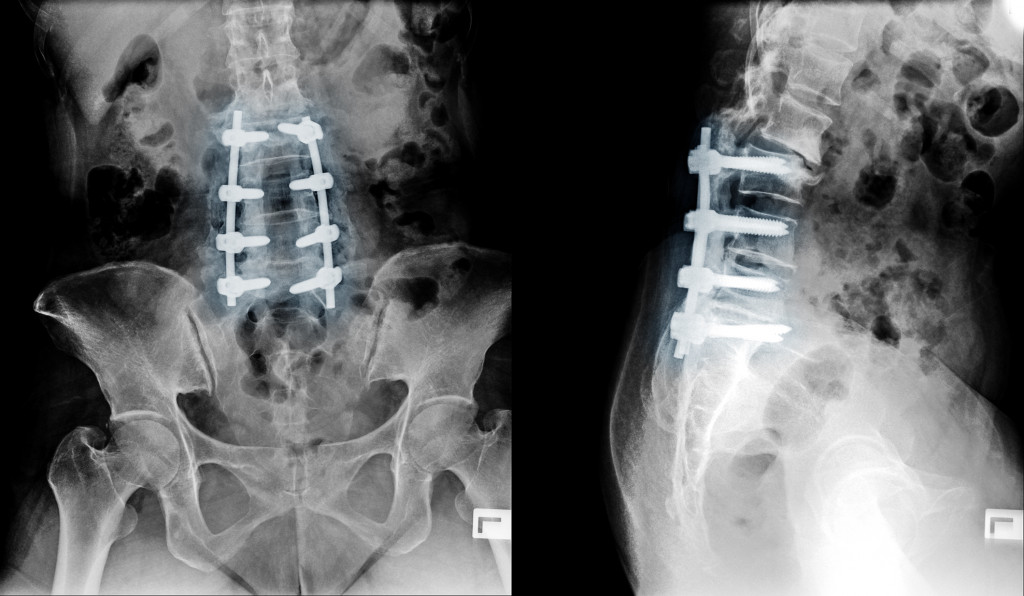Bone diseases are medical conditions that affect your bones’ structure, strength, and health. These conditions can range from mild to severe and can have a wide variety of causes. However, some bone diseases are extremely rare. Here’s a short overview of some of the rare bone diseases in the United States.
Osteogenesis Imperfecta (OI)
Brittle bone disease or osteogenesis imperfecta (OI) is one of the most common rare bone diseases in the US. It is an inherited condition that affects 1 in 20,000 people and is characterized by fragile bones, blue sclera (whites of the eyes), and short stature. It’s also possible that OI can affect the way teeth grow.
Teeth are made of dentin and enamel. Dentin contains the nerves, blood vessels, and collagen in your teeth. Enamel is the hard outer layer that protects the dentin from wear and tear. Over time, enamel can decay due to cavities or erosion caused by chemicals in food and drink. Because people with OI can’t produce collagen, their teeth are more susceptible to falling off.
The severity of OI varies widely. Some people with the disease are mildly affected, while others have severe symptoms that lead to disability. The disease often results in frequent fractures throughout a person’s life, but people with OI can experience partial healing during their lifetime.
OI typically results from a genetic mutation that causes collagen to be deficient or improperly formed; this weakens bones and makes them more prone to fracture and deformity. Treatment for OI includes physical therapy, calcium supplements, braces, surgery, and medications such as bisphosphonates to improve bone density. An experienced dentist is also required if the person also has oral problems. They can help provide dental care and may recommend extraction of teeth that are too weak to support themselves. The missing teeth can then be replaced by implants that are much stronger than those produced by people with OI.
Paget’s Disease of Bone (PDB)
Paget’s disease of bone is a chronic metabolic disorder that affects one or more bones throughout the body. It is characterized by the excessive breakdown and bone tissue formation, leading to enlarged, deformed bones and pain. Symptoms include bone pain, joint swelling or stiffness, deformity of affected bones, headaches, fatigue, hearing loss, fullness in the head due to increased skull size, and tinnitus (ringing in ears).
Treatment for PDB consists primarily of medications that slow down the rate at which new bone forms and calcium supplements for those deficient in calcium levels. Surgery may be required for severe cases where there is an imbalance between the breakdown and new formation or if there is evidence of nerve compression.
 Achondroplasia
Achondroplasia
Achondroplasia is a genetic disorder that affects the end of long bones, primarily the arms and legs. The most common form of dwarfism is caused by mutations in particular genes relating to skeletal growth. Symptoms include short stature (below 4 feet), limited range of motion, and bowed legs.
There is no cure for achondroplasia, but treatments are available to help manage symptoms, such as physical therapy, pain medications, and surgery to correct limb deformities or improve joint range of motion.
Fibrous Dysplasia
Fibrous dysplasia is another rare bone disease that occurs when abnormal fibrous tissue grows instead of normal healthy bone tissue. This results in weakened bones that can break easily or deform over time. Fibrous dysplasia typically affects only one area of the body but can spread to other regions over time if left untreated. Common treatments for Fibrous Dysplasia include bracing to keep bones properly aligned during growth periods and medications such as bisphosphonates to reduce pain associated with the condition. In some cases, surgery may be necessary to correct deformed or displaced bones caused by Fibrous Dysplasia.
Multiple Epiphyseal Dysplasia (MED)
Multiple Epiphyseal Dysplasia (MED) is a genetic disorder characterized by slow growth due to the abnormal development of epiphyses—the ends of long bones at joints where cartilage turns into hard bone—resulting in short stature and joint pain. MED typically begins showing symptoms during childhood. However, it can sometimes go undiagnosed until adulthood due to its similarity to other types of skeletal dysplasia, such as OI or Fibrous Dysplasia. Treatment for MED typically involves physical therapy and medication such as anti-inflammatories or hormone therapy, depending on the severity and symptoms experienced by each patient.
Rare bone diseases can have a significant impact on the quality of life for those affected by them if left untreated or unrecognized. However, with proper diagnosis and treatment, these conditions can be managed effectively so those affected can lead happy lives with minimal disruption caused by their condition(s). If you think you may have any rare bone disease, you must speak with your doctor immediately so they can provide appropriate diagnosis and treatment options before any further damage occurs.
